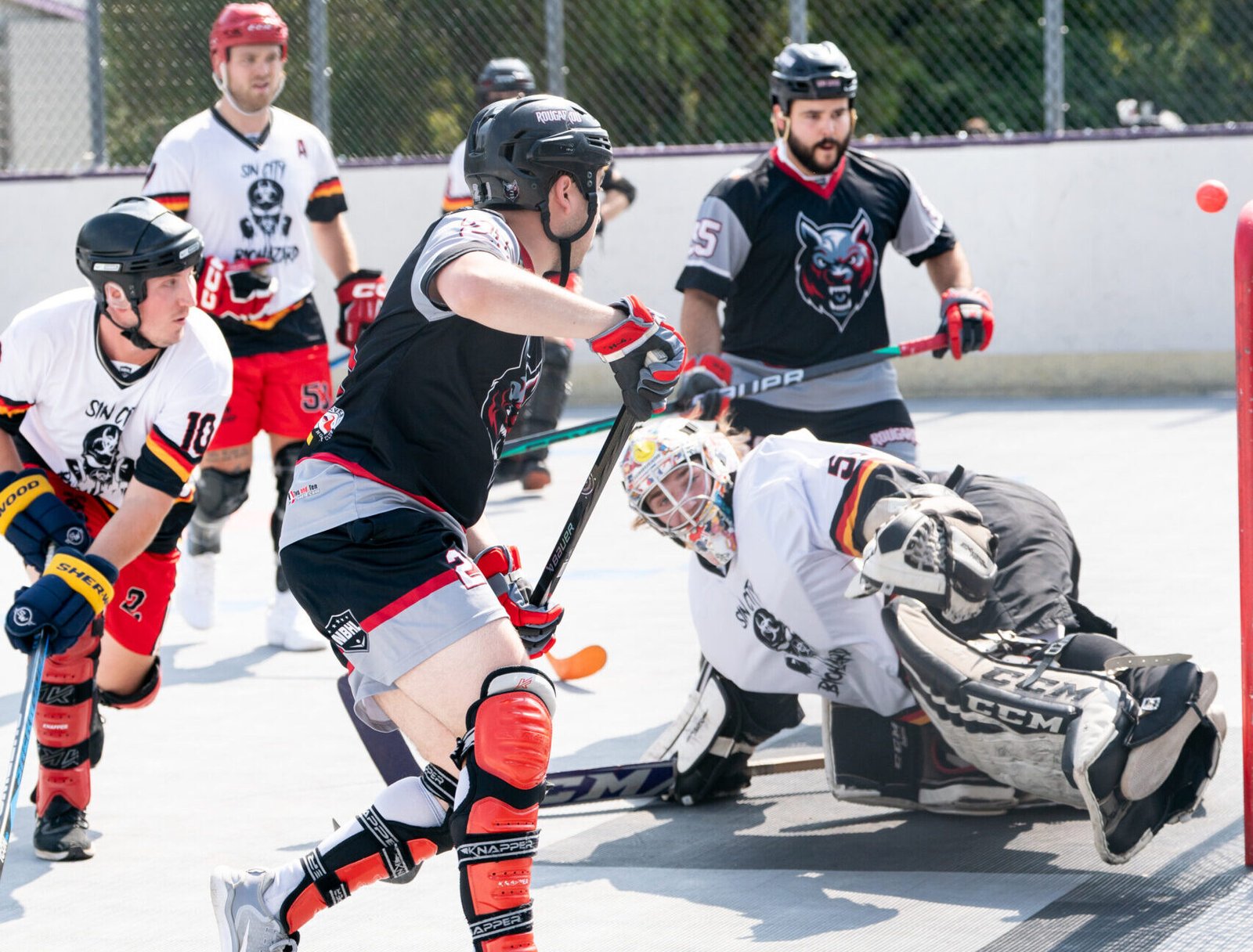How to Form a Ball Hockey League: A Step-by-Step Guide
Starting a ball hockey league can be a rewarding experience, bringing together players and fans who share a love for the sport. Whether you’re aiming for a casual community league or something more competitive, creating a league requires careful planning, coordination, and community outreach. Here’s a guide to help you get started, plus how organizations like USA Ball Hockey and the NBHL can support your efforts.
1. Define the League’s Vision and Format
- Action: Before you get started, decide what kind of league you want to create. Will it be a recreational league for all ages, a youth league, or a competitive adult league? Also, think about the league’s structure: how many teams, divisions, and players per team?
- Tip: Start small and local. A manageable number of teams (4-8) allows for easy organization and growth. Consider offering co-ed or age-specific divisions to attract different types of players.
Example: A small city league for players of all levels could have four divisions: beginner, intermediate, competitive, and youth. This ensures that everyone has a place to play regardless of their experience level.
2. Secure a Location
- Action: The next step is to find a suitable venue for your games. Ball hockey can be played on basketball courts, parking lots, or other hard surfaces. Contact local schools, community centers, or parks to see if they have available space.
- Consider: Check with your local parks and recreation department about renting outdoor rinks or closed-off parking areas. Some municipalities offer free or discounted rates for community sports programs.
Pro Tip: Look for locations with spectator areas and enough space for team benches. Having a venue with proper boards, nets, and a scoreboard is a huge bonus, but you can start with basic setups.
3. Gather Equipment
- Action: Ensure that your league has access to necessary equipment. Teams will need balls, nets, and possibly goalie gear. The league should also provide jerseys or colored pinnies to distinguish teams.
- Pro Tip: You don’t need to buy everything at once. Start with basic gear and encourage teams to bring their own sticks and protective equipment. Work with local sports stores or equipment providers to get discounts on bulk purchases.
USA Ball Hockey Tip: USA Ball Hockey often provides resources and guidance on equipment for leagues. Becoming a member can open doors to exclusive discounts and partnerships with equipment suppliers.
4. Set Up League Rules and Guidelines
- Action: Create a rulebook that outlines the format of the league, playing rules, and player conduct expectations. The rules can be modeled on those from USA Ball Hockey or other ball hockey leagues.
- Key Considerations:
- Game Length: How long will games last, and how many games will be in a season?
- Player Safety: Ensure there are guidelines for protective equipment and safety, especially for younger players.
- Sportsmanship: Set clear conduct rules to encourage fair play and respect among players.
NBHL Inspiration: The National Ball Hockey League (NBHL) provides great examples of how competitive leagues are structured, with divisions, playoffs, and community-driven events. If your goal is to grow into a competitive league, consider modeling your league’s structure off of NBHL formats.
5. Recruit Teams and Players
- Action: Start spreading the word to recruit players and form teams. Social media, flyers, and word-of-mouth are excellent ways to build interest.
- Leverage Local Communities: Get in touch with local sports clubs, schools, and community centers to find potential players. If you can’t find full teams right away, start with a few pickup games to generate excitement.
Pro Tip: Offer free clinics or “try-out” days for people new to ball hockey. This will help you recruit new players and show them what the league has to offer. Offering clinics can also attract more beginner-level players who might be hesitant to join a competitive league right away.
6. Become Part of USA Ball Hockey
- Action: To add legitimacy and gain more support for your league, consider affiliating with USA Ball Hockey. They provide resources for new leagues, access to clinics, and can help you establish local leagues that adhere to national standards.
- Benefit: Membership with USA Ball Hockey can help with promoting your league, gaining access to clinics, and even getting listed on their website to attract more players. Plus, you can ensure that your league follows nationally recognized safety and competition standards.
7. Establish League Fees and Budget
- Action: Set a fee structure that covers your costs for venue rental, equipment, and any administrative expenses. League fees are typically per team or individual and vary depending on what you’re offering (e.g., t-shirts, prizes, or tournaments).
- Budget Tip: Keep your costs low in the beginning to attract more players. You can always raise fees once your league gains traction and offers more value. Many leagues offer early bird discounts or group rates to encourage larger signups.
8. Create a Schedule
- Action: Establish a season schedule that includes regular-season games, playoffs, and any special events or tournaments. The schedule should take into account any other local sporting events or holidays.
- Pro Tip: Be flexible at the start, especially with smaller leagues. Allow for some rescheduling to accommodate team availability.
9. Promote Your League
- Action: Use social media, flyers, and word-of-mouth to promote your league. Create a simple website where players can register, check the schedule, and see league updates.
- USA Ball Hockey Bonus: By joining USA Ball Hockey, you can be featured on their website, which may bring extra attention to your new league.
10. Join the National Ball Hockey League (NBHL)
- Action: Once your league has gained some traction and competitive players, you may want to consider joining the NBHL. The NBHL is the premier competitive ball hockey league in the U.S. and can provide your league with access to high-level tournaments and a larger network of teams.
- Benefit: Becoming part of the NBHL will give your league greater visibility, help recruit more skilled players, and give your teams a chance to compete nationally. Plus, players are drawn to the opportunity to be part of a bigger network.
Conclusion
Starting a ball hockey league requires dedication, but the rewards are worth it when you see your community come together on the court. By following these steps, you can lay a strong foundation for your league and set it up for success. Affiliating with USA Ball Hockey and the NBHL can provide valuable support and help your league grow over time. So, gather your gear, start recruiting, and build your very own ball hockey league!
For more resources, visit USA Ball Hockey and the National Ball Hockey League for league development tips, membership benefits, and promotional tools.



